PPT-Immunisation Issues Challenges and Solution
Author : giovanna-bartolotta | Published Date : 2018-02-11
1 Scope importance of vaccination in Health Care issues local and global challenges solutions 2 Vaccines 4 th Edition Vaccination has greatly reduced the burden
Presentation Embed Code
Download Presentation
Download Presentation The PPT/PDF document "Immunisation Issues Challenges and Solut..." is the property of its rightful owner. Permission is granted to download and print the materials on this website for personal, non-commercial use only, and to display it on your personal computer provided you do not modify the materials and that you retain all copyright notices contained in the materials. By downloading content from our website, you accept the terms of this agreement.
Immunisation Issues Challenges and Solution: Transcript
Download Rules Of Document
"Immunisation Issues Challenges and Solution"The content belongs to its owner. You may download and print it for personal use, without modification, and keep all copyright notices. By downloading, you agree to these terms.
Related Documents

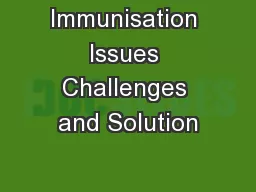
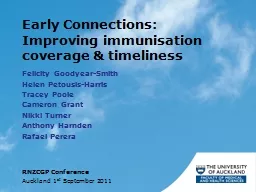

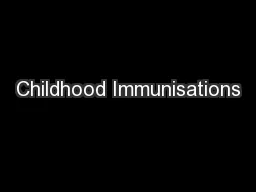
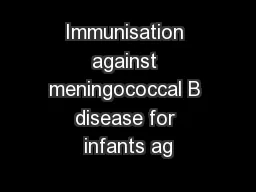
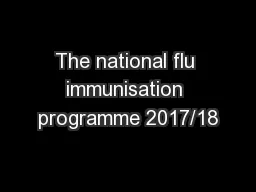
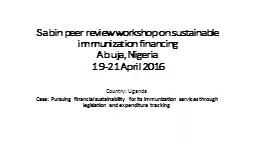
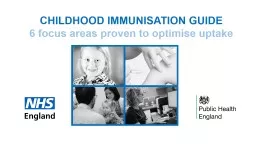
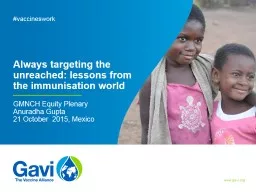
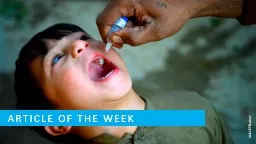
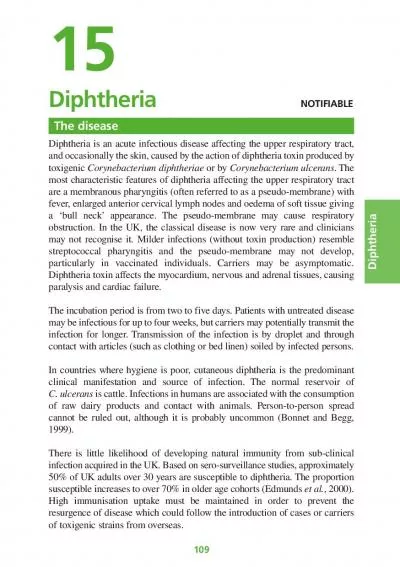
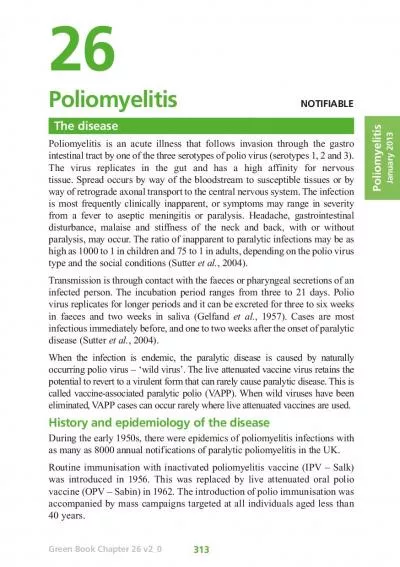
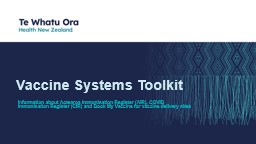
![Immunisation, vaccination and anaphylaxis [Part 1]](https://thumbs.docslides.com/1044863/immunisation-vaccination-and-anaphylaxis-part-1.jpg)